Home>Furniture>Outdoor Furniture>How To Remove Decking Oil From Pavers
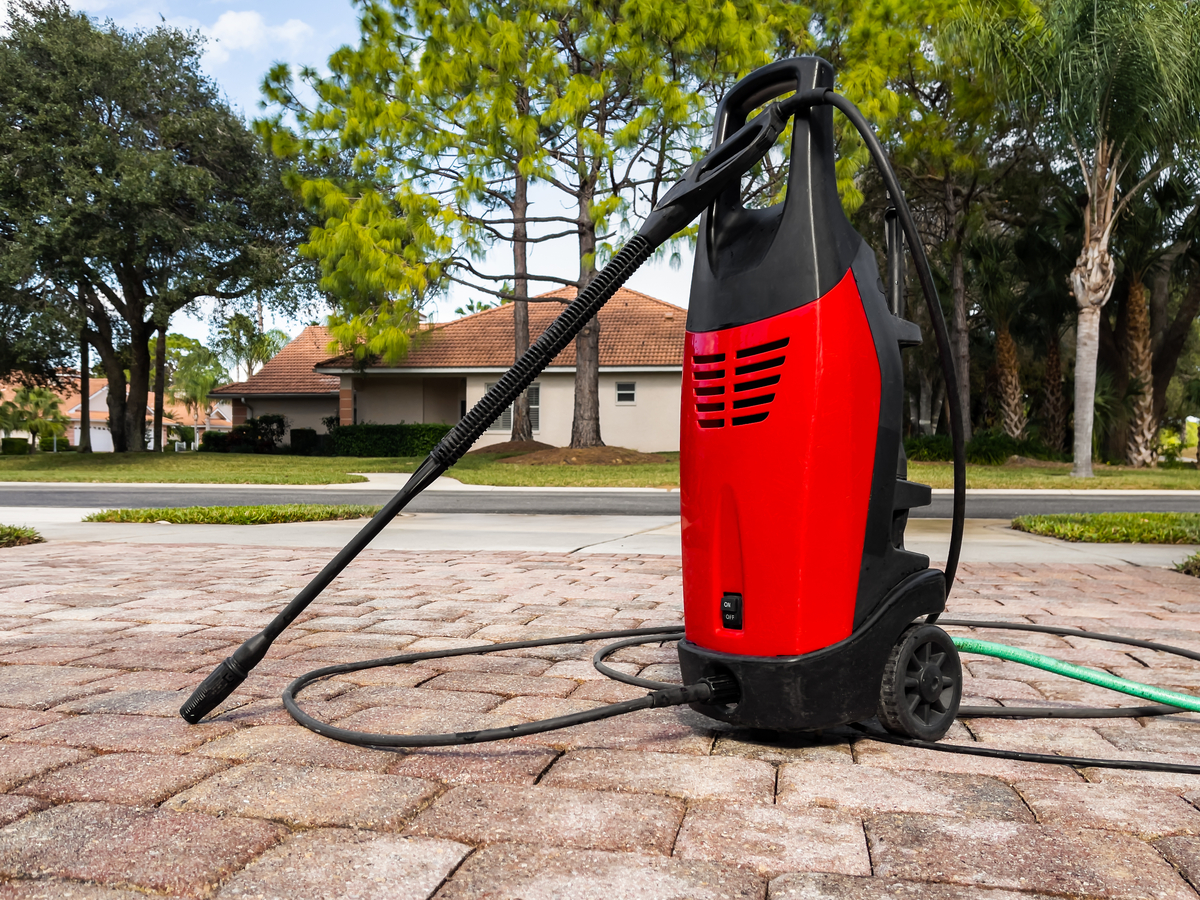

Outdoor Furniture
How To Remove Decking Oil From Pavers
Modified: March 7, 2024
Learn how to effectively remove outdoor furniture decking oil stains from your pavers with our step-by-step guide. Say goodbye to stubborn stains!
(Many of the links in this article redirect to a specific reviewed product. Your purchase of these products through affiliate links helps to generate commission for Storables.com, at no extra cost. Learn more)
Introduction
Outdoor furniture adds comfort, functionality, and style to any outdoor space, whether it’s a sprawling backyard or a small apartment balcony. Investing in high-quality outdoor furniture is a great way to create a welcoming and enjoyable outdoor oasis for relaxation, entertaining, and enjoying nature.
When it comes to outdoor furniture, one popular choice is outdoor pavers. These durable and versatile flooring options are often used to create patios, pathways, and outdoor entertaining areas. They provide a solid foundation for outdoor furniture and can withstand the elements year-round.
However, over time, outdoor pavers can become stained or discolored due to various factors, such as spills, dirt, and weather conditions. Additionally, if you’ve recently applied decking oil to your wooden deck, there’s a chance that some of it may have accidentally spilled or dripped onto your pavers, leaving behind unsightly oil stains.
In this article, we will discuss how to remove decking oil from pavers effectively and restore their original beauty. By following a few simple steps and using the right supplies, you can easily tackle this task and have your pavers looking as good as new.
Key Takeaways:
- Say goodbye to oil stains on your outdoor pavers! Follow simple steps and use the right supplies to restore the beauty of your outdoor space.
- Protect your pavers and enjoy a clean outdoor oasis. Remove decking oil stains with patience, thoroughness, and optional sealing for long-lasting beauty.
Supplies Needed
Before you begin the process of removing decking oil from pavers, it’s important to gather the necessary supplies. Having these items on hand will make the task easier and more efficient:
- Protective gloves
- Protective eyewear
- Detergent or deck cleaner
- Scrub brush or scrubbing pad
- Water hose or pressure washer
- Bucket
- Old towels or absorbent materials
- Sealer (optional)
When selecting a detergent or deck cleaner, choose one that is suitable for the type of pavers you have. Look for a product that specifically mentions it can remove oil stains. It’s essential to use a cleaner that is safe for both the pavers and the environment.
If you choose to use a pressure washer, ensure that it is appropriate for use on pavers and follow the manufacturer’s instructions carefully to avoid damaging the surface. Always prioritize safety by wearing protective gloves and eyewear during the cleaning process.
Having old towels or absorbent materials handy is beneficial to soak up any excess cleaning solution or water that may run off the pavers. This will help prevent the surrounding area from getting wet or stained.
Lastly, consider applying a sealer to the pavers once they are clean to help protect them from future stains and weather damage.
Now that you have gathered all the supplies needed, let’s move on to the step-by-step process of removing decking oil from pavers.
Step 1: Preparing the Area
Before you begin the cleaning process, it’s important to prepare the area surrounding the oil-stained pavers. Here are the steps to follow:
- Remove any furniture or objects from the paver area to clear it of any obstacles.
- Sweep or brush away any loose dirt, leaves, or debris on and around the pavers.
- Use old towels or absorbent materials to create a barrier around the perimeter of the stained area. This will help contain any runoff from the cleaning solution and prevent it from spreading to nearby surfaces.
- Put on protective gloves and eyewear to protect your skin and eyes throughout the cleaning process.
By taking these preparatory steps, you create a clean and safe environment for the next stages of the oil stain removal process. Now that the area is prepped, we can move on to applying the cleaning solution.
Step 2: Applying the Cleaning Solution
Once the area is prepared, it’s time to apply the cleaning solution to the decking oil stains on the pavers. Follow these steps:
- In a bucket, mix the detergent or deck cleaner with water according to the manufacturer’s instructions. Ensure that you create a solution that is well-diluted but still effective in breaking down the oil stains.
- Using a brush or scrubbing pad, apply the cleaning solution directly onto the oil stains. Ensure that you cover the entire affected area with the solution.
- Let the cleaning solution sit on the stains for a few minutes to allow it to penetrate and break down the oil.
- During this time, you can gently agitate the solution with a brush or scrubbing pad to help loosen the oil from the pavers.
It’s important to note that different cleaning solutions may have varying instructions and recommended dwell times. Refer to the product label or manufacturer’s instructions for specific guidance on applying and handling the cleaning solution.
By applying the cleaning solution to the oil-stained pavers, you are allowing it to work its magic and begin to break down the oil. In the next step, we’ll move on to scrubbing the pavers to further remove the decking oil stains.
Use a pressure washer with a degreaser to remove decking oil from pavers. Apply the degreaser, let it sit for a few minutes, then use the pressure washer to rinse it off. Repeat if necessary.
Step 3: Scrubbing the Pavers
After allowing the cleaning solution to penetrate the oil stains, it’s time to scrub the pavers to remove the decking oil. Follow these steps:
- Using a scrub brush or scrubbing pad, start scrubbing the oil-stained pavers in a circular motion. Apply gentle pressure to avoid damaging the paver surface.
- Focus on the areas where the oil stains are most concentrated, but also make sure to scrub the surrounding areas to ensure a uniform cleaning.
- If necessary, you can apply more cleaning solution to the pavers as you scrub to keep the surface wet and enhance the cleaning process.
- Continue scrubbing until you see the oil stains gradually lifting from the pavers. Be patient and thorough in your scrubbing to achieve the best results.
It’s important to note that the scrubbing process may require some elbow grease, especially for deeply ingrained or larger oil stains. Take your time and be persistent in your scrubbing efforts to effectively remove the decking oil from the pavers.
Once you have scrubbed the pavers and the oil stains have loosened, it’s time to move on to the next step: rinsing the pavers.
Read more: How To Remove Mold From Patio Pavers
Step 4: Rinsing the Pavers
Now that you have scrubbed the decking oil stains from the pavers, it’s time to rinse them off and remove any remaining cleaning solution. Follow these steps:
- Grab a water hose or a pressure washer with a wide-angle nozzle to provide a gentle but thorough rinse.
- Starting from one end of the paver area, begin rinsing off the cleaning solution and oil residue. Use a sweeping motion to ensure that no areas are missed.
- Continue rinsing until the water runs clear and no traces of cleaning solution or oil are visible on the pavers.
- Pay attention to the joints between the pavers, as debris and oil residue may accumulate there. Use a gentle spray or a soft brush to clean out any dirt or residue in the joints.
Make sure to rinse the pavers thoroughly to avoid any residue that could lead to discoloration or future stains.
Once you have completed the rinsing process, it’s time to assess the results. If any oil stains or residue remain, it may be necessary to repeat the cleaning and scrubbing process to achieve the desired outcome.
In the next step, we’ll discuss what to do if repeating the process is necessary.
Step 5: Repeating the Process (if necessary)
If, after rinsing the pavers, you still notice lingering oil stains or residue, it may be necessary to repeat the cleaning process. Follow these steps:
- Assess the pavers to identify any areas where oil stains or residue remain.
- Prepare a fresh batch of the cleaning solution according to the manufacturer’s instructions.
- Apply the cleaning solution to the remaining oil stains, following the same process of letting it sit and gently scrubbing the affected areas.
- Rinse the pavers thoroughly once again, making sure to remove any traces of the cleaning solution and oil residue.
Repeat the process as many times as necessary until the oil stains are successfully removed from the pavers. Depending on the severity of the stains, it may take multiple attempts to achieve the desired result.
Remember to always prioritize safety and protect your hands and eyes with gloves and eyewear throughout the cleaning process.
Once you are satisfied with the cleanliness of the pavers and all decking oil stains have been removed, you can move on to the final step: optional sealing.
Conclusion
Removing decking oil from pavers can be a challenging task, but with the right supplies and approach, it can be accomplished effectively. By following the step-by-step process outlined in this article, you can restore the beauty of your pavers and eliminate unsightly oil stains.
Remember to prepare the area, apply the cleaning solution, scrub the pavers, rinse them thoroughly, and repeat the process if necessary. Be patient and thorough in your efforts to ensure the best results.
After completing the oil stain removal process, take a moment to admire your clean and rejuvenated pavers. Not only will they enhance the overall appearance of your outdoor space, but they will also provide a clean and welcoming environment for outdoor activities.
If you want to further protect your pavers from future stains and damage, consider applying a sealer. A sealer can help prolong the lifespan of your pavers and make them easier to clean in the future.
Remember to always follow the manufacturer’s instructions when using cleaning solutions and sealers, and prioritize safety by wearing protective gloves and eyewear throughout the process.
With the knowledge and techniques shared in this article, you can confidently tackle the task of removing decking oil from pavers and enjoy the beauty of your outdoor space for years to come.
Frequently Asked Questions about How To Remove Decking Oil From Pavers
Was this page helpful?
At Storables.com, we guarantee accurate and reliable information. Our content, validated by Expert Board Contributors, is crafted following stringent Editorial Policies. We're committed to providing you with well-researched, expert-backed insights for all your informational needs.
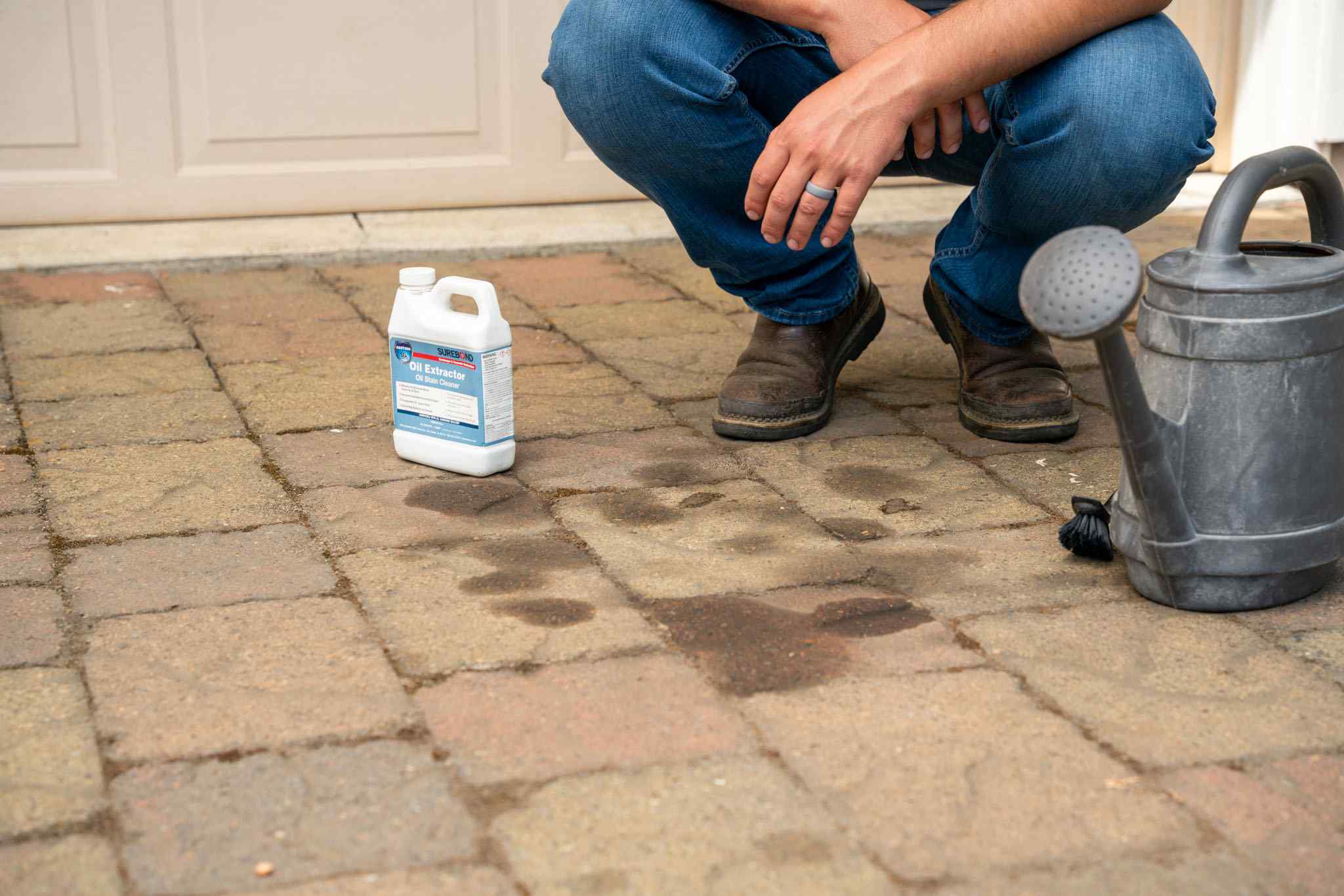
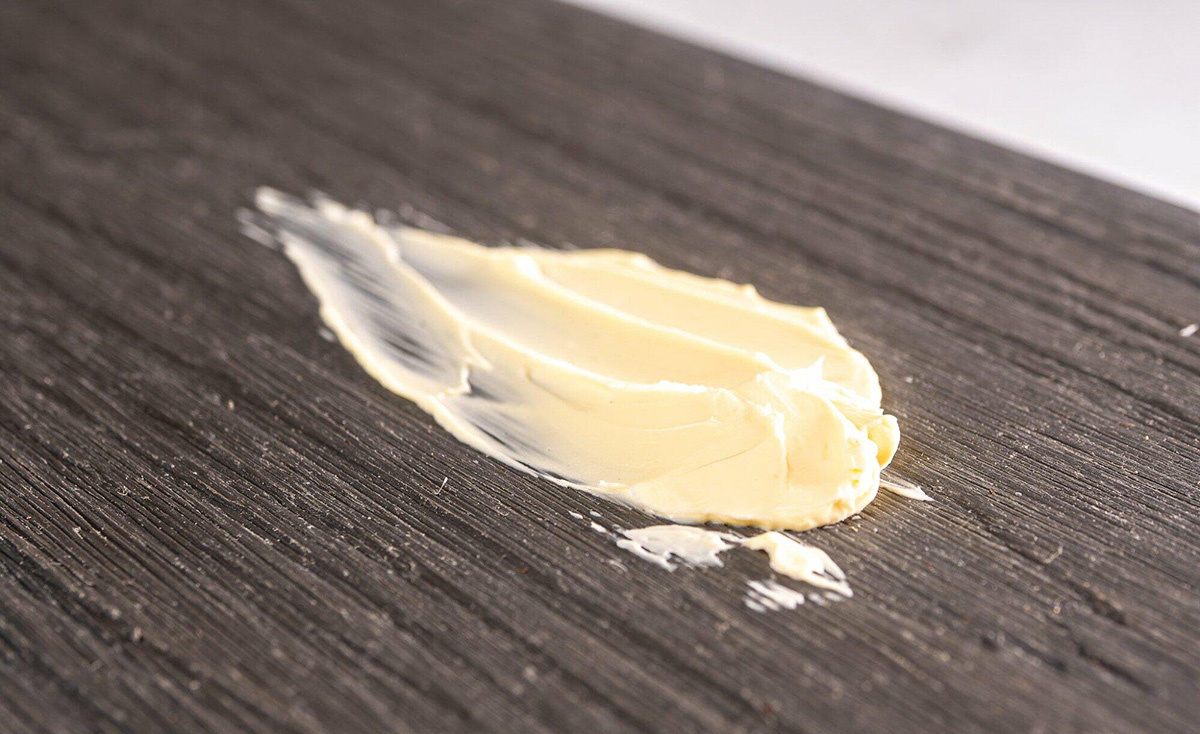
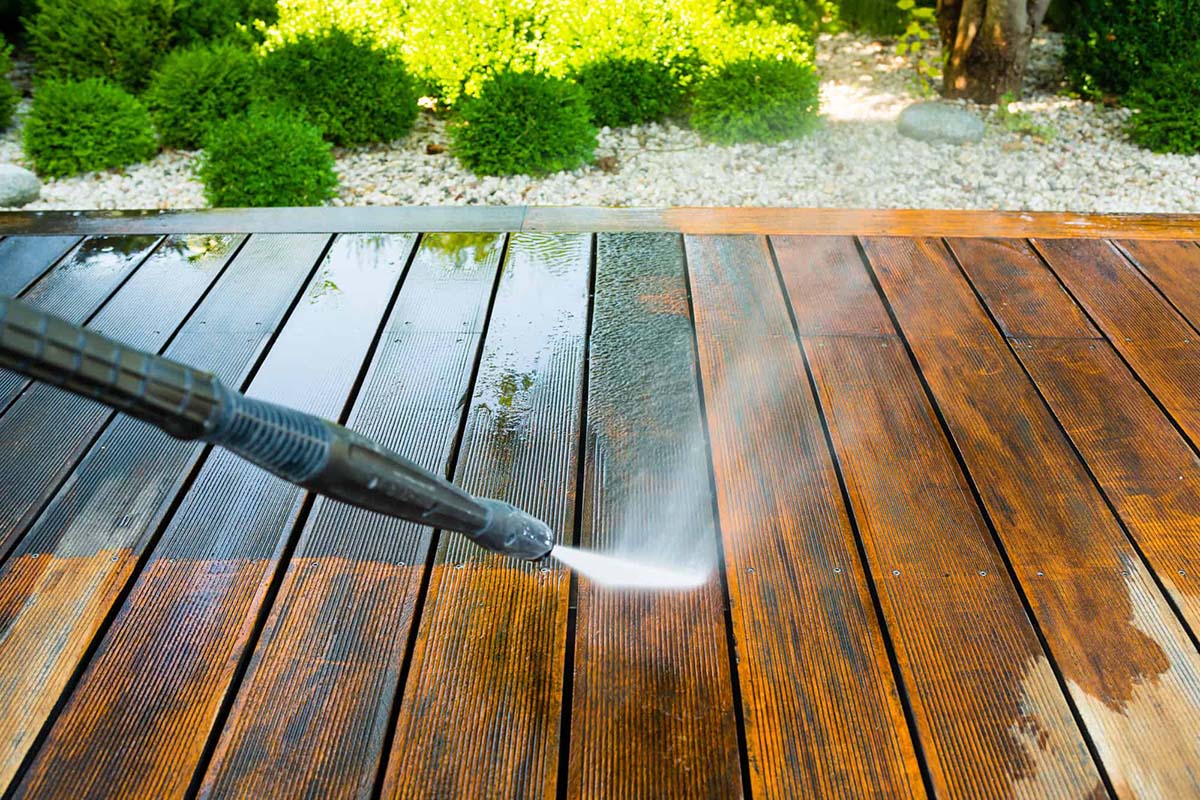
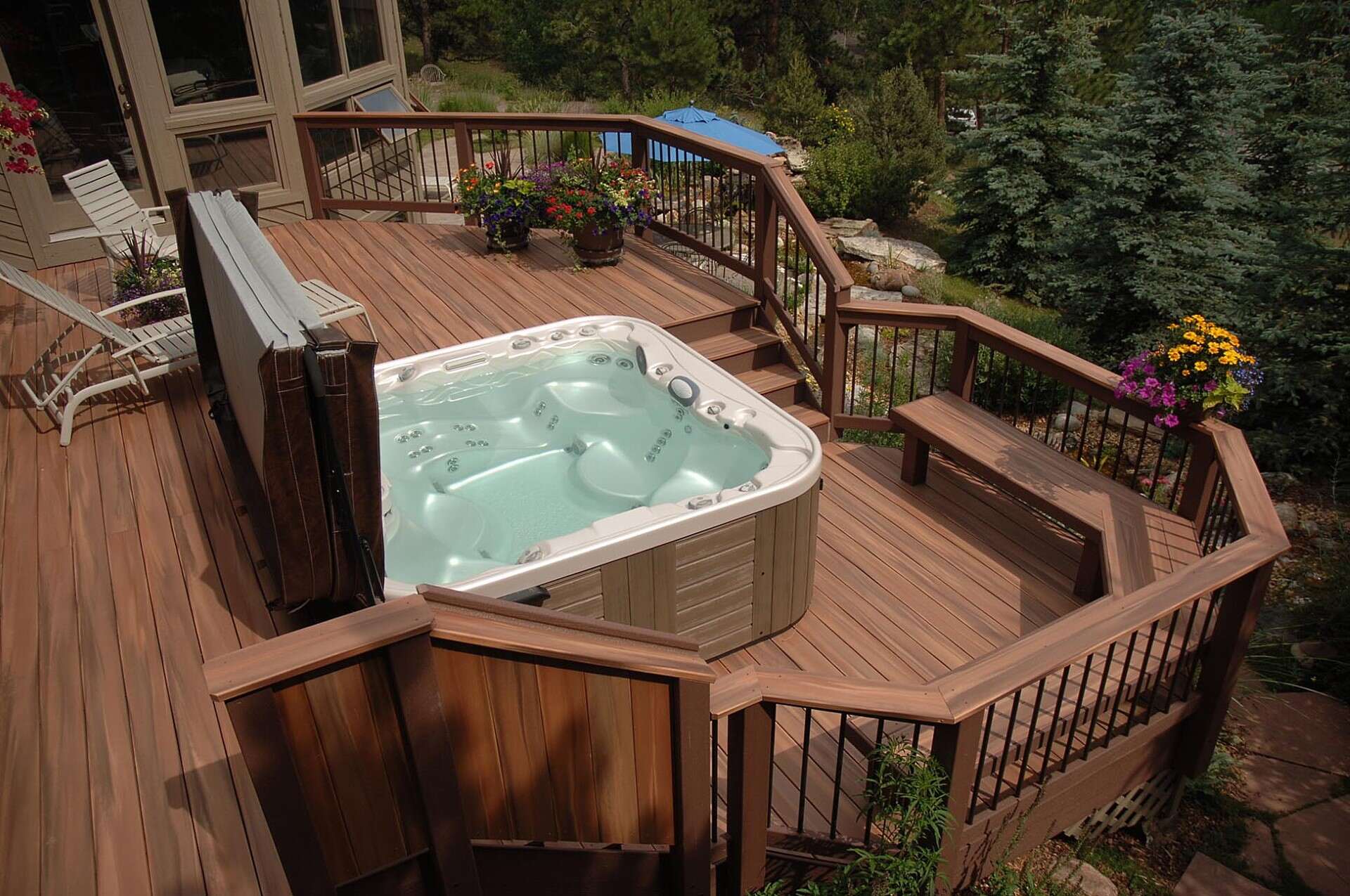
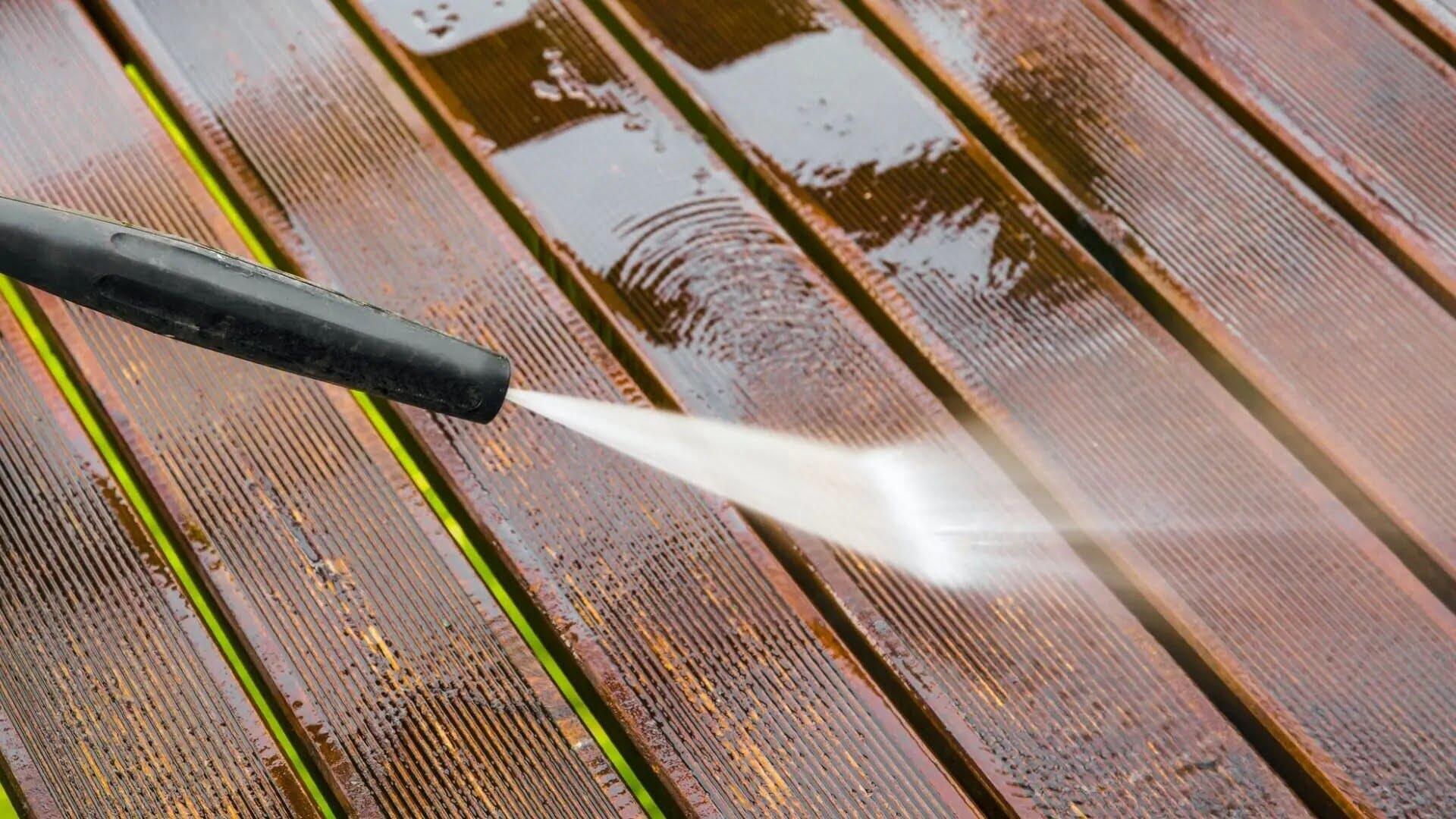
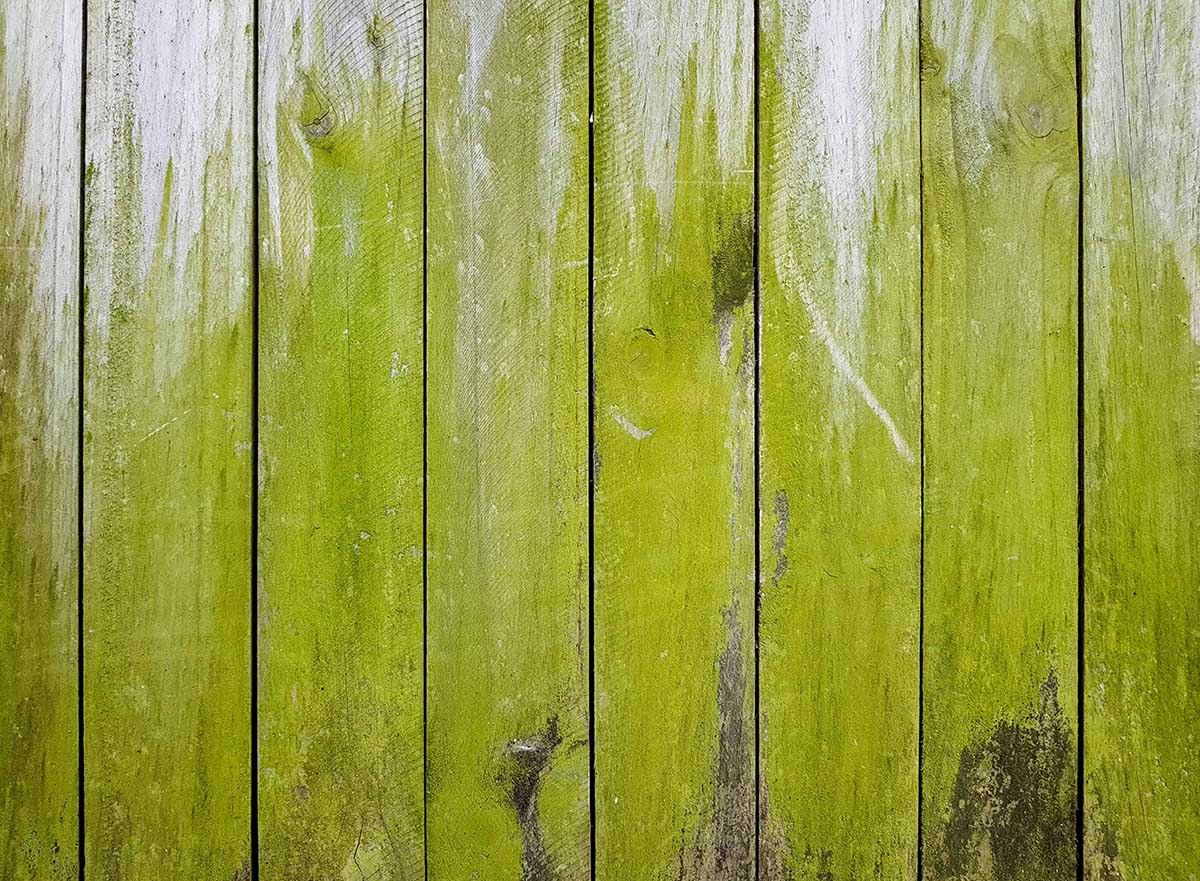
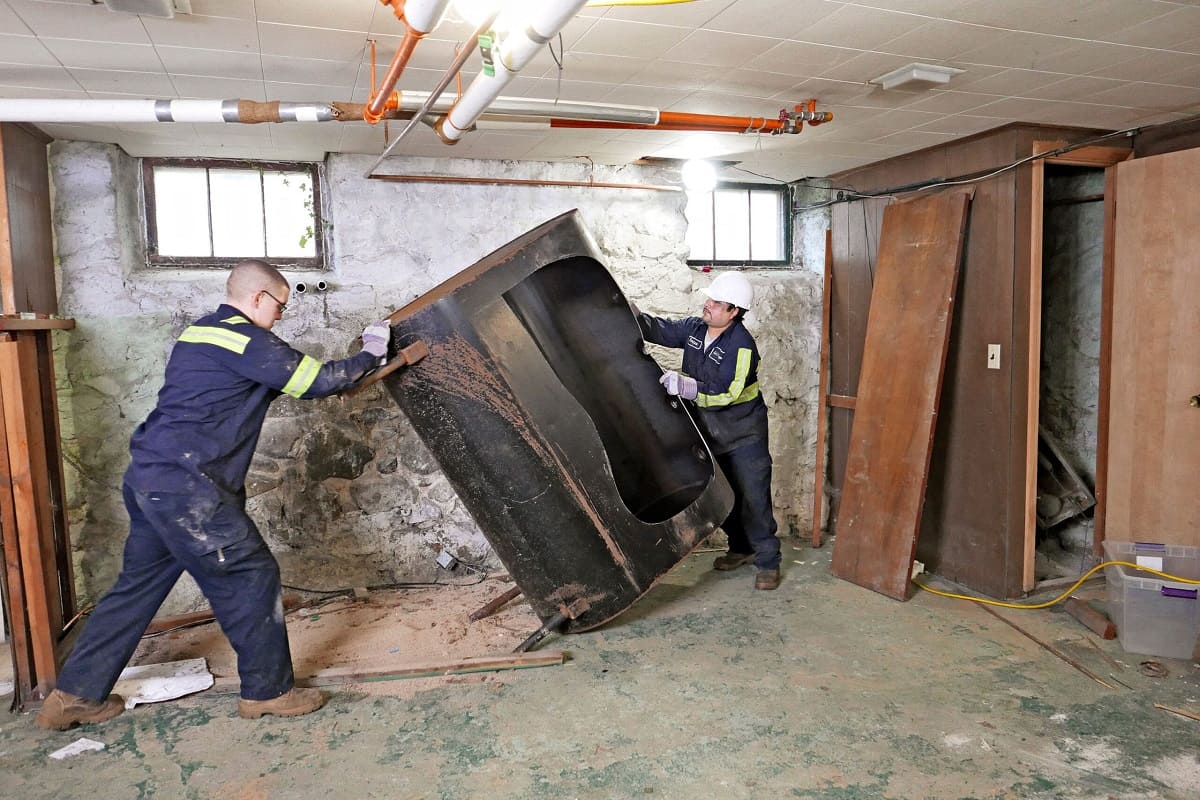
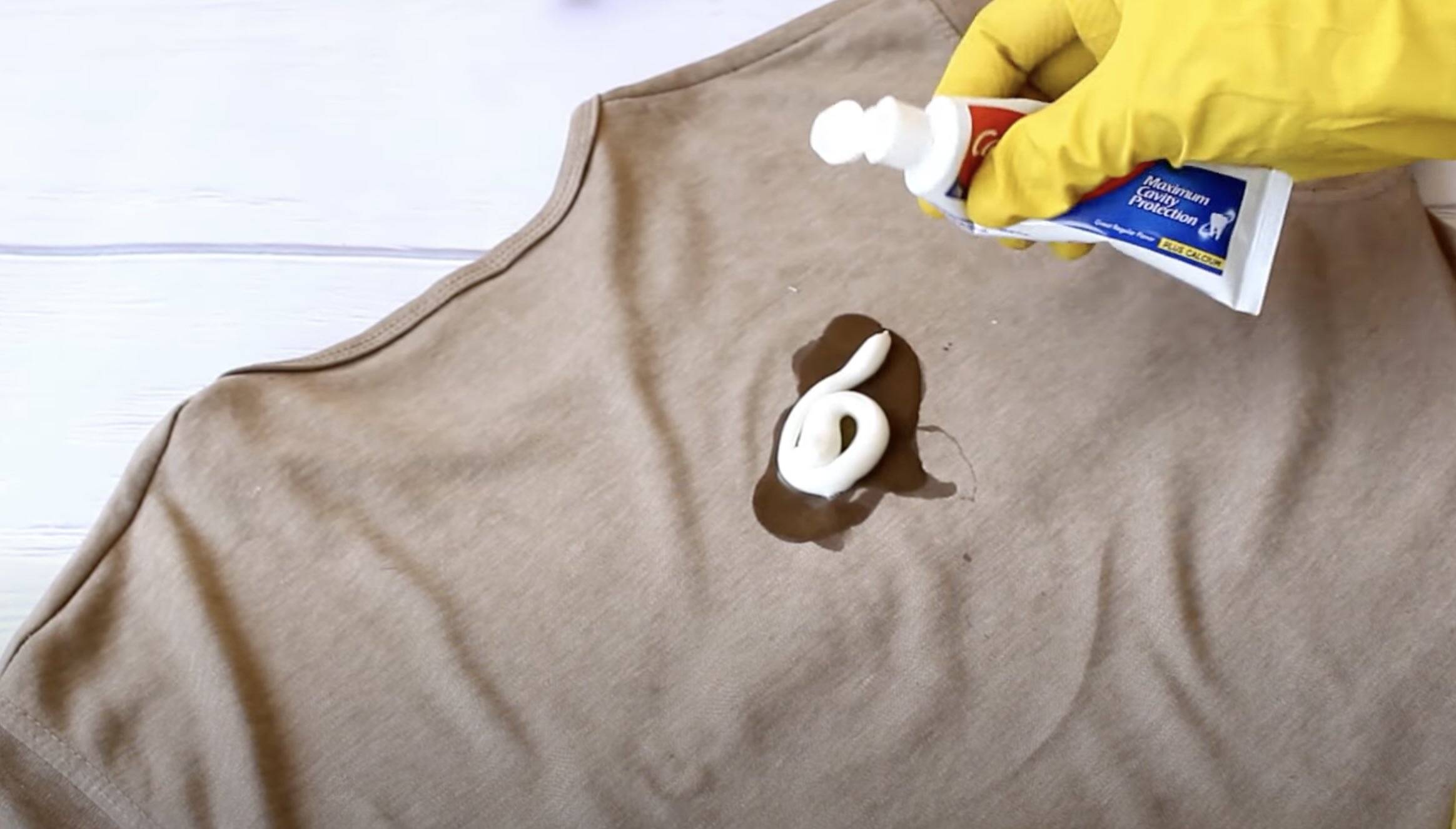
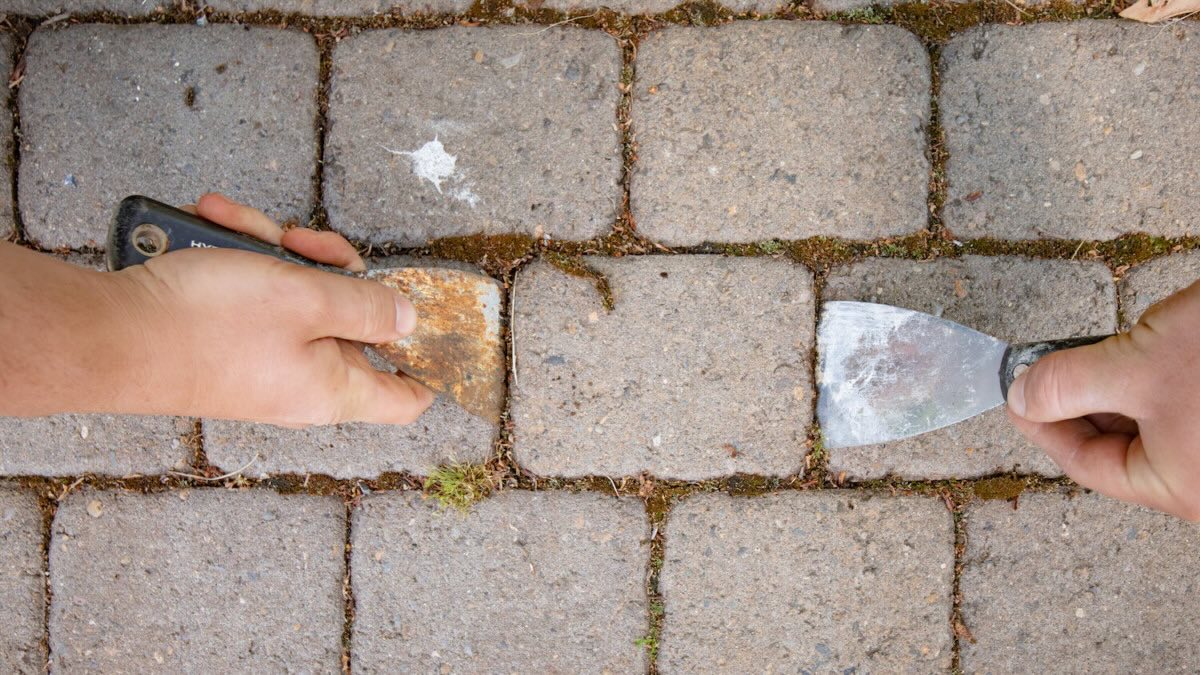
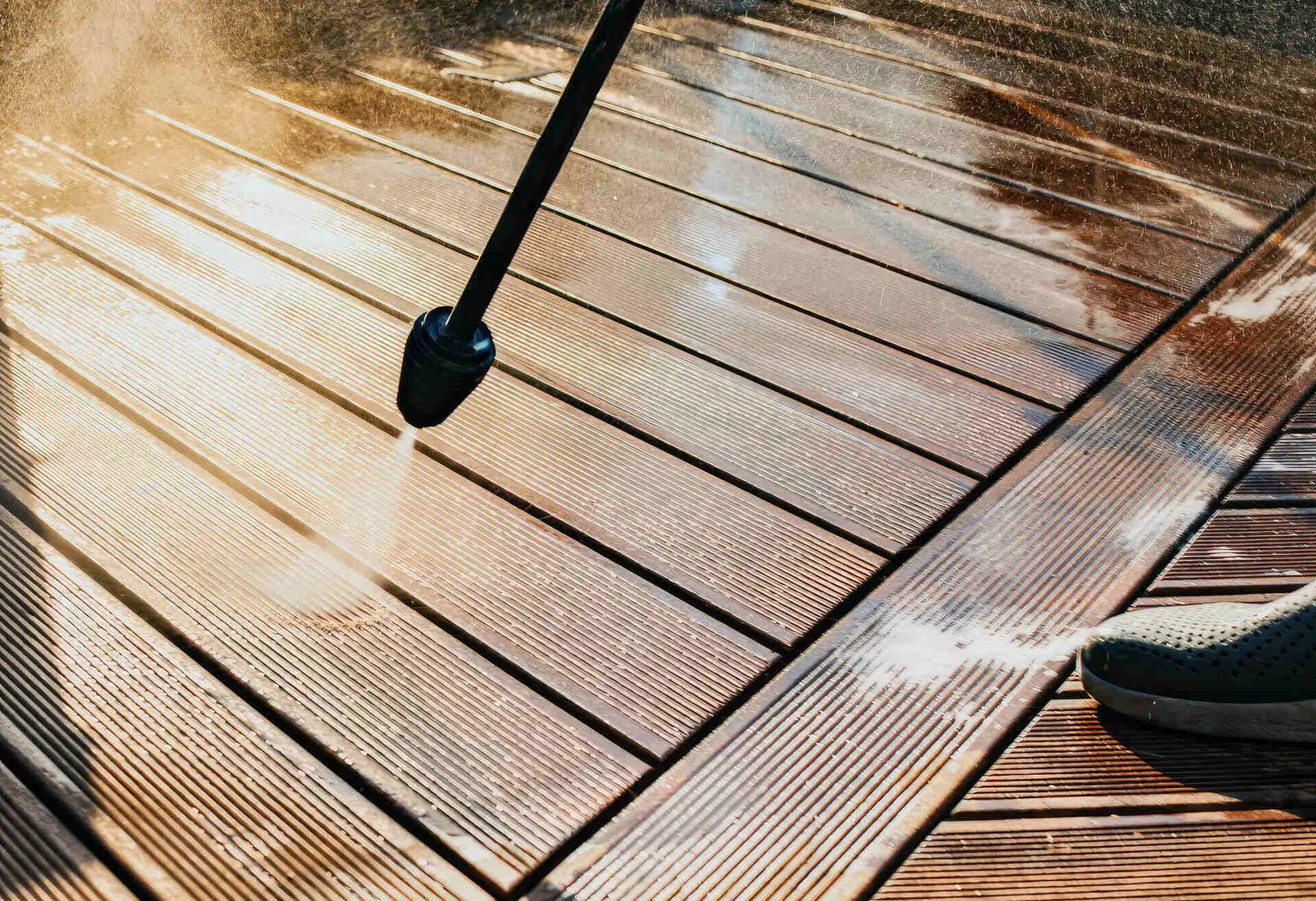
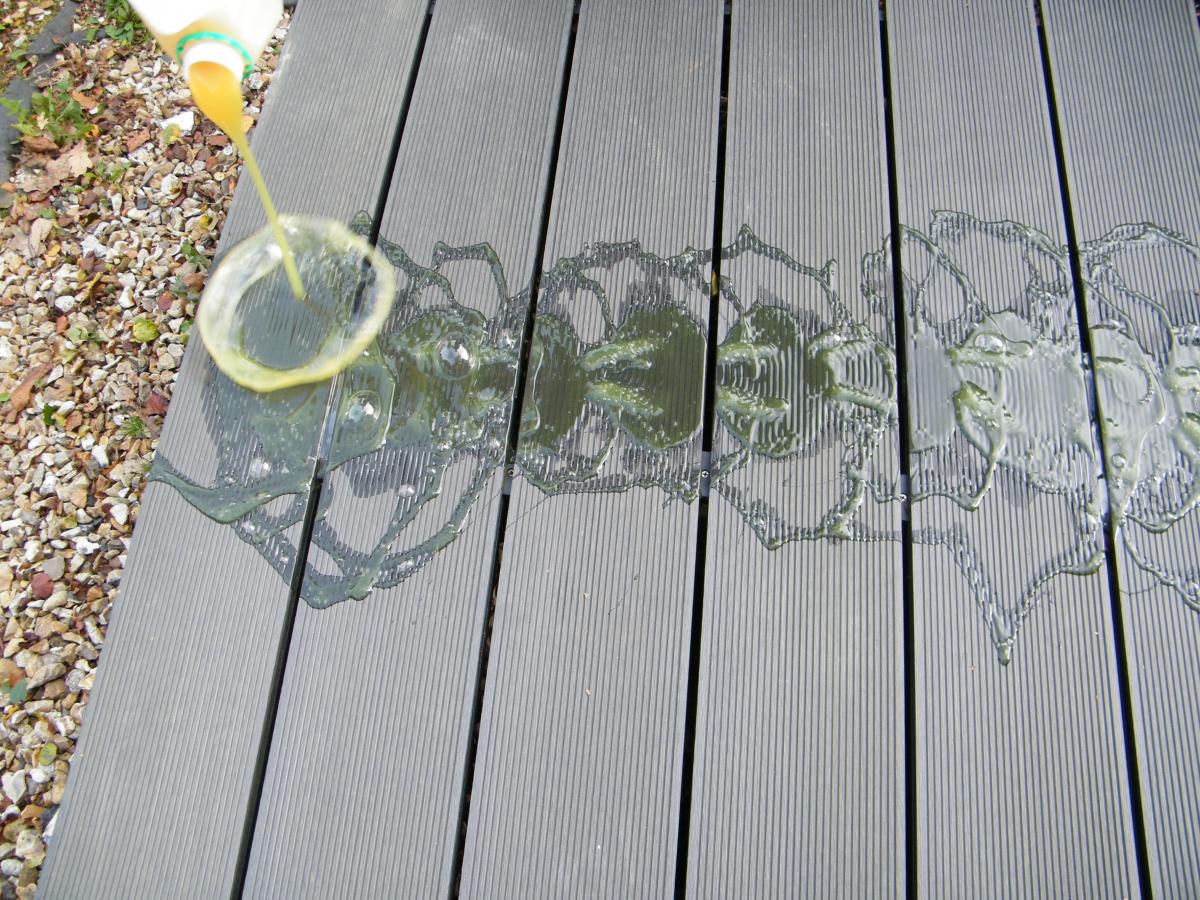
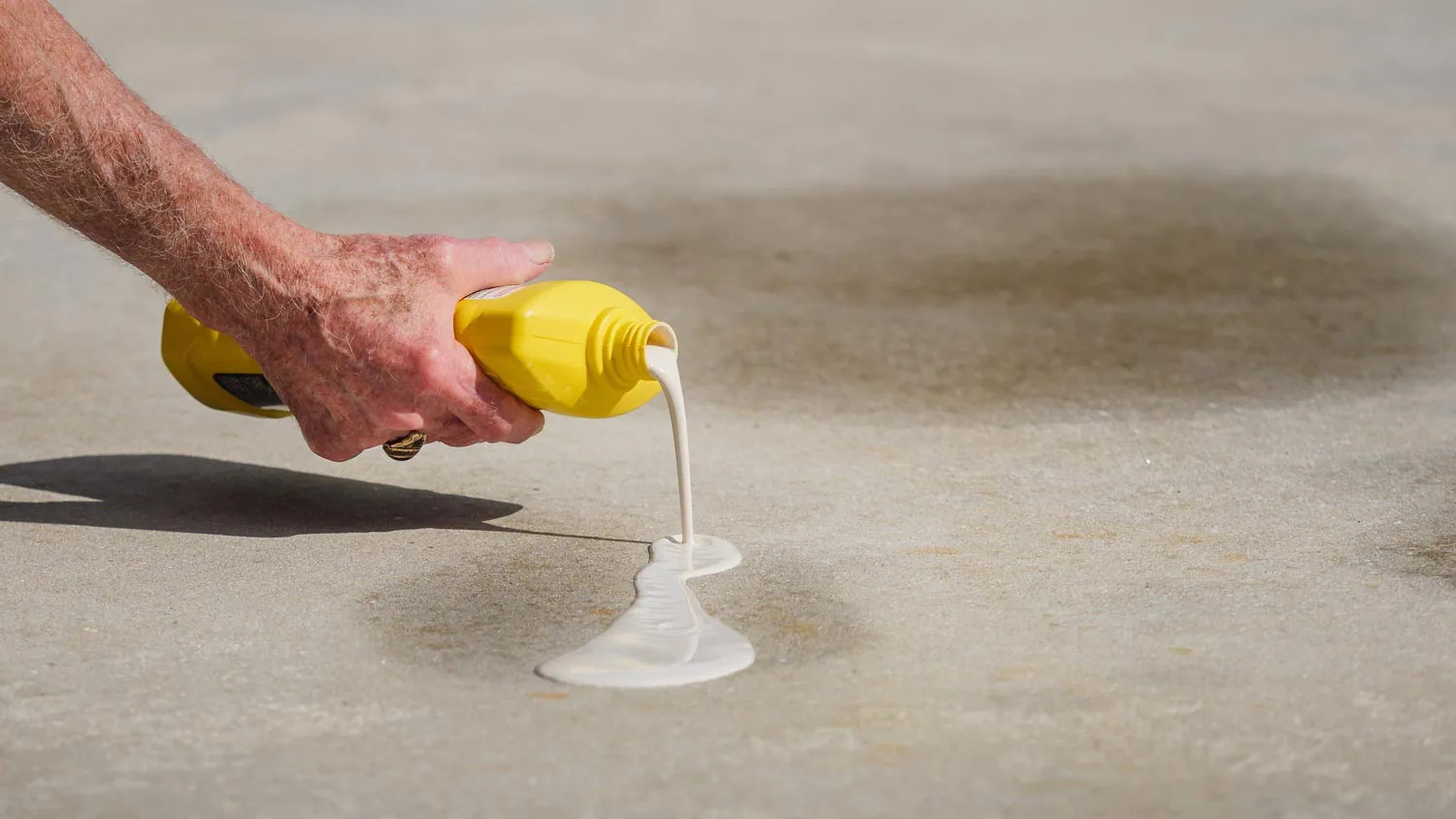
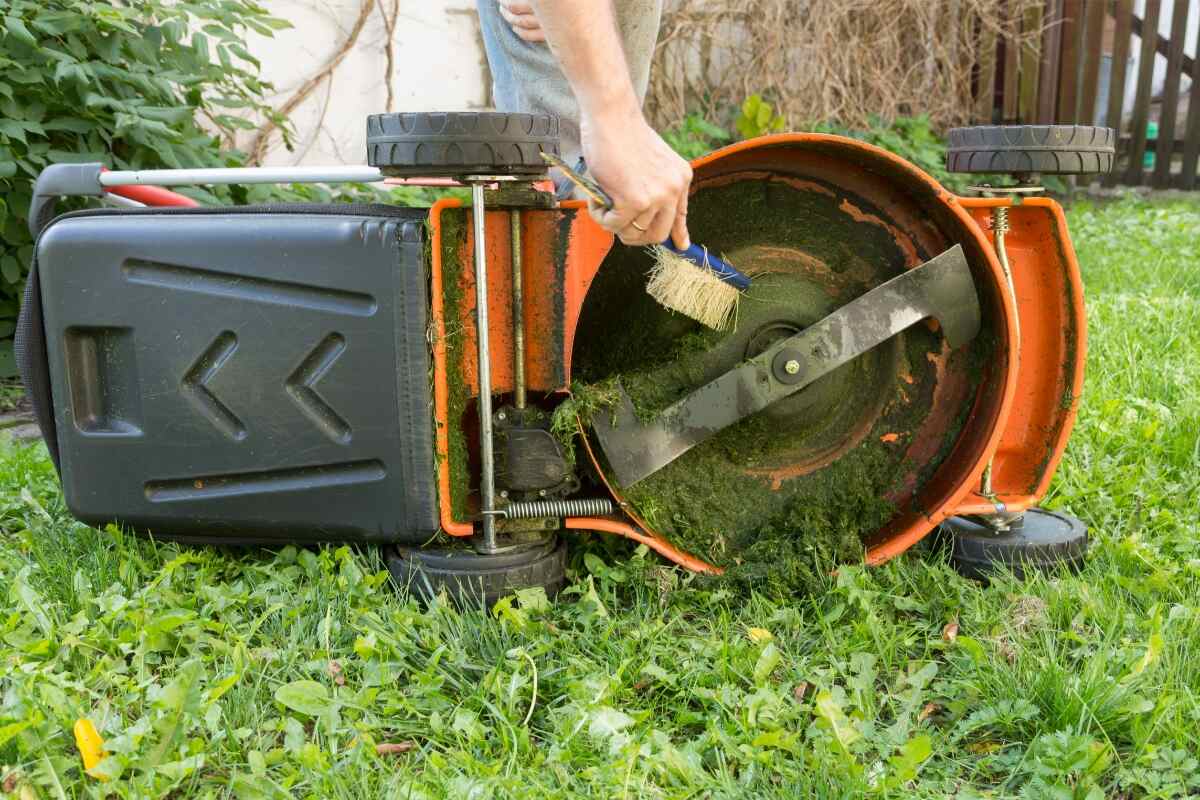
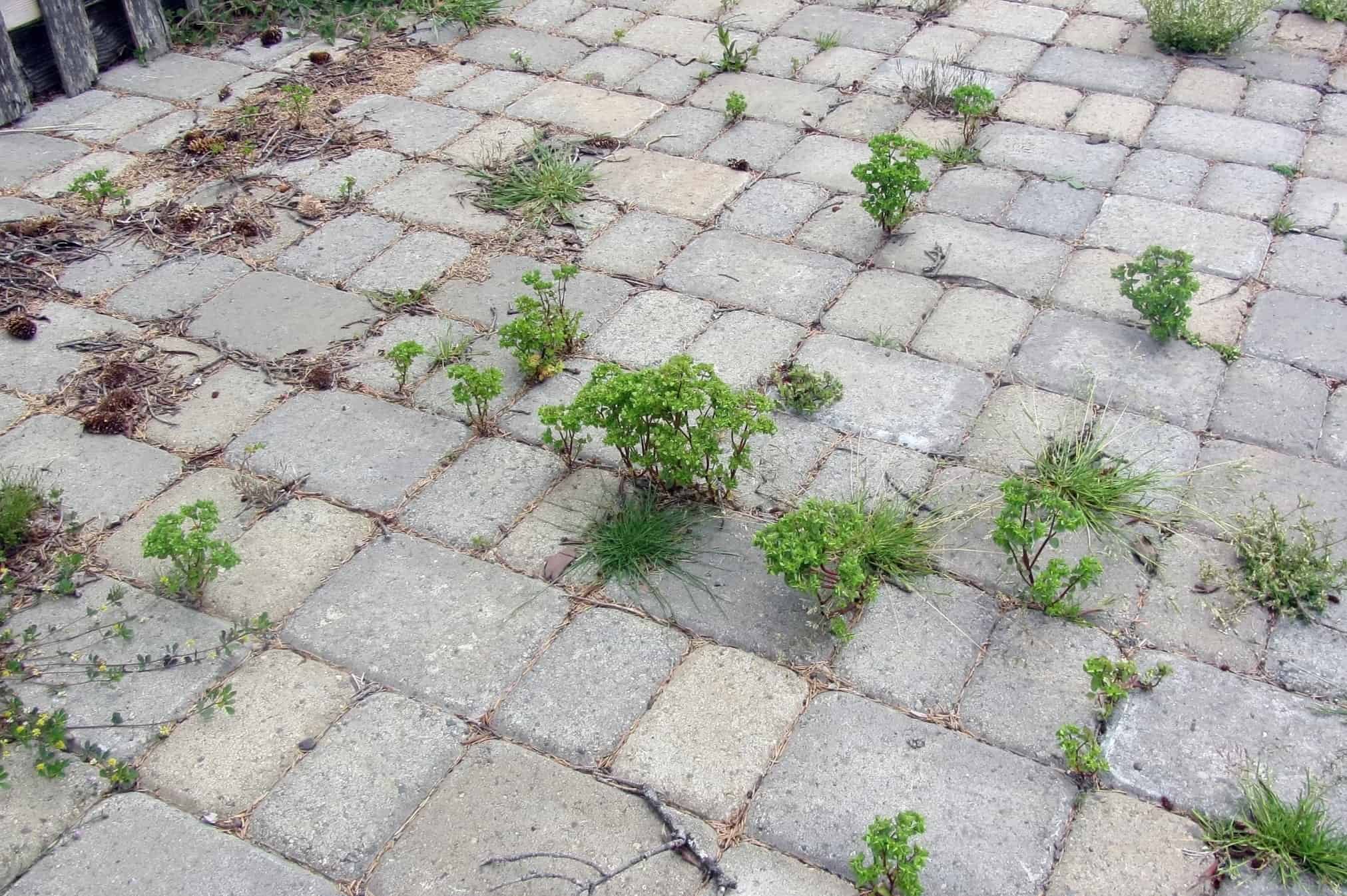

0 thoughts on “How To Remove Decking Oil From Pavers”